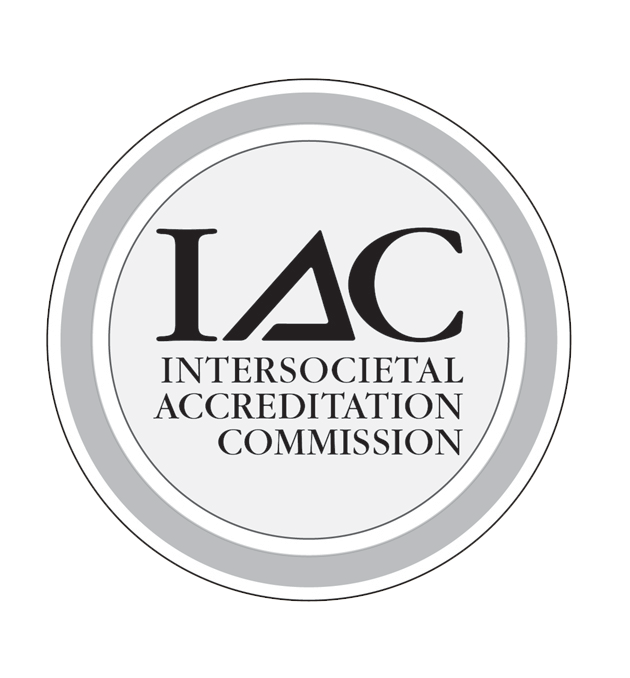The treatment options for vein conditions vary with the disease being treated. Vein disease can range from unsightly spider veins (“telangiectasias”) to life-threatening blood clots that obstruct blood flowing out of the veins of the leg or into the lung. It can also be the cause of leg swelling or discomfort that many people experience on a daily basis. Designing treatment plans to fit the disease and unique to the patient has been the specialty of The Cardiovascular Care Group since 1963. Our accredited Noninvasive Vascular Laboratory, with technologists specifically trained to detect vein disorders, utilizes the latest in ultrasound technology to diagnose the problems leading to a comprehensive treatment plan for each individual patient.
Deep Vein Thrombosis (“DVT”)
Blood clots present in the deep veins of the legs (“DVT”) in and of themselves are not dangerous. The problem with these clots is that they can travel to the lungs as a pulmonary embolus. The preferred treatment for DVT is blood thinner which usually will arrest the progression of the clot. There are times, however, when blood thinner is not an option and a slightly more invasive approach is required. This would be the insertion of an Inferior Vena Cava Filter—a device that is passed through a small puncture in the skin into the main vein in the abdomen (the inferior vena cava. )The device looks like an upside-down ice cream cone that does what it says it does, “filters the blood.” The liquid (normal) blood flows through the filter unimpeded while the clots will get caught in the filter if they are traveling. Filters can be inserted simply under local anesthesia and may be permanent or temporary (removed at a later date) based on the needs of the patient.
Occasionally, blood clots are so extensive that an aggressive approach is required. We, at The Cardiovascular Care Group, are able to use many of the technologies available to help dissolve these blood clots and, if possible, fix the underlying cause of the blood clots. When clots have travelled to the lung causing a pulmonary embolus, we have the ability to dissolve them if necessary to prevent further clinical problems.
Leg Swelling
Not infrequently, leg swelling is the result of vein problems—either blockage caused by clots or poorly functioning valves in the veins. Our advanced Noninvasive Vascular Laboratory is able to discern the cause of leg swelling. It is common that the best treatment options for leg swelling is the most conservative:leg elevation, support stockings and the avoidance of salt. Stockings, fitted correctly, will reduce swelling and the discomfort it may cause.
If the swelling is due to blood clots in the vein, we are sometimes able to clear the blockage and reduce the leg swelling. The use of advanced techniques can reduce the swelling of the legs if the blockage to flow can be reduced.
Leg Pain
Leg pain can be the result of faulty veins in the leg. When veins are the cause—as determined by a careful history, physical exam and appropriate ultrasound noninvasive testing—the treatment plan can be readily created. A conservative approach is often successful-utilizing leg elevation, support stockings and, occasionally, medication. When this is not successful, we have been the leaders in New Jersey in offering minimally invasive techniques to relieve the discomfort associated with veins. Our Noninvasive Vascular Laboratory is able to identify the veins where the valves may not work correctly. This impedes the blood from flowing out of the leg efficiently and the subsequent “backup of blood” is often felt as pain, heaviness or discomfort. The use of a small laser fiber, inserted through a small puncture in the skin, allows us to ablate the vein causing the underlying problem. This, historically, was a vein stripping but we are able to do this operation in the comfort of our office, without a hospital stay or anesthesia. The fiber, inserted and imaged using ultrasound technology, allows us to rid the body of the poorly functioning veins. This is truly, minimally invasive allowing patients to quickly return to normal activity with minimal discomfort.
Our Noninvasive Vascular Laboratory is able to identify the veins where the valves may not work correctly. This impedes the blood from flowing out of the leg efficiently and the subsequent “backup of blood” is often felt as pain, heaviness or discomfort. The use of a small laser fiber, inserted through a small puncture in the skin, allows us to ablate the vein causing the underlying problem. This, historically, was a vein stripping but we are able to do this operation in the comfort of our office, without a hospital stay or anesthesia. The fiber, inserted and imaged using ultrasound technology, allows us to rid the body of the poorly functioning veins. This is truly, minimally invasive allowing patients to quickly return to normal activity with minimal discomfort. Unsightly Veins
Veins can make a person feel self-conscious about the appearance of their legs. Particularly women who, otherwise, have few other blemishes, have unsightly veins of varying sizes on their legs. This often occurs as a result of a genetic predisposition in women who have been pregnant. Veins vary in size from small spider veins (telangiectasias) to medium sized blue veins (reticular veins) to large bulging veins (varicose veins). The treatment must be individualized but can vary from small injections (sclerotherapy) to making tiny incisions under local anesthesia and removing the bulging veins (microphlebectomy).
All of these techniques are offered in the offices of The Cardiovascular Care Group and can be carried out during one’s lunch hour, if needed. For further information, see our specialized website at veininstitutenj.com.






